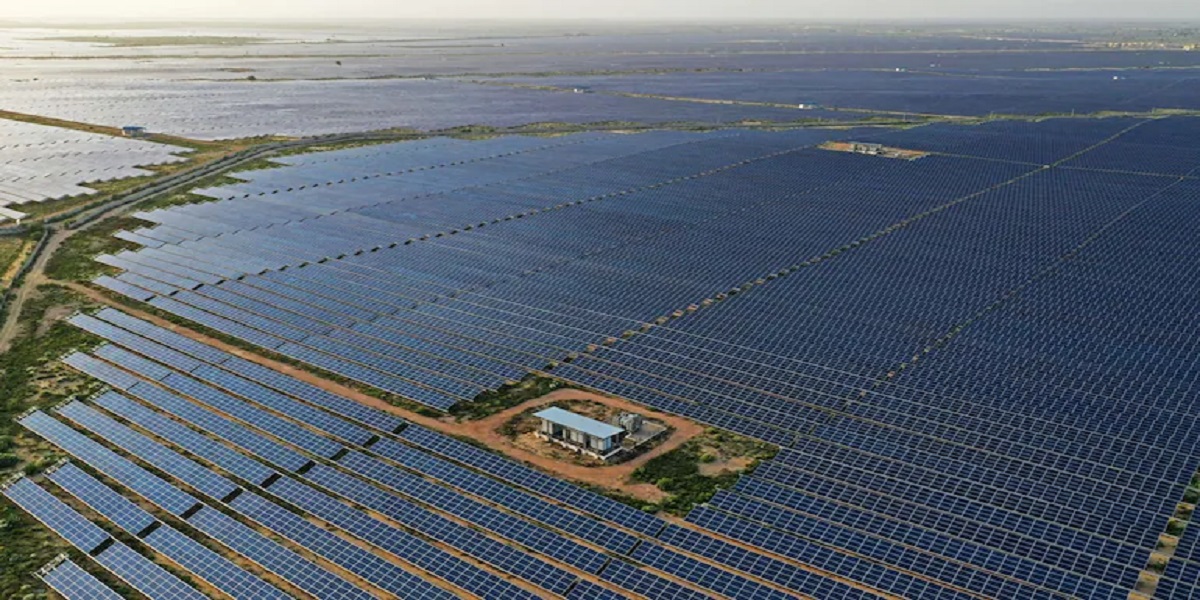Solar power has become the world’s most important source of clean energy.
However, there is a catch: the sun is now always shining.
A new Australian invention claims to overcome the problem by generating electricity from solar radiation even at night.
Heat emitted as infrared light by a semiconductor device termed a thermoradiative diode was used to generate energy by researchers at the University of New South Wales (UNSW) Sydney.
The components used in this “night-time” solar power apparatus are similar to those used in night-vision goggles.
While the power generated at this point is quite modest compared to that provided by a solar panel, the team is optimistic that the capacity will be increased in the future.
“We have made an unambiguous demonstration of electrical power from a thermoradiative diode. Using thermal imaging cameras, you can see how much radiation there is at night, but just in the infrared rather than the visible wavelengths. What we have done is make a device that can generate electrical power from the emission of infrared thermal radiation,” team lead, Associate Professor Ned Ekins-Daukes said in a statement.
The system uses solar energy to warm the globe during the day and then radiate it back into space at night as infrared light.
A thermal imaging camera was used to display the heat coming from the surface during the night.
To improve the technology’s capabilities, the team plans to use knowledge on how to develop and optimize solar cells as well as borrow materials from the current mid-infrared photodetector community.
“Down the line, this technology could potentially harvest that energy and remove the need for batteries in certain devices or help to recharge them. That isn’t something where conventional solar power would necessarily be a viable option,” Ekins-Daukes said.




















